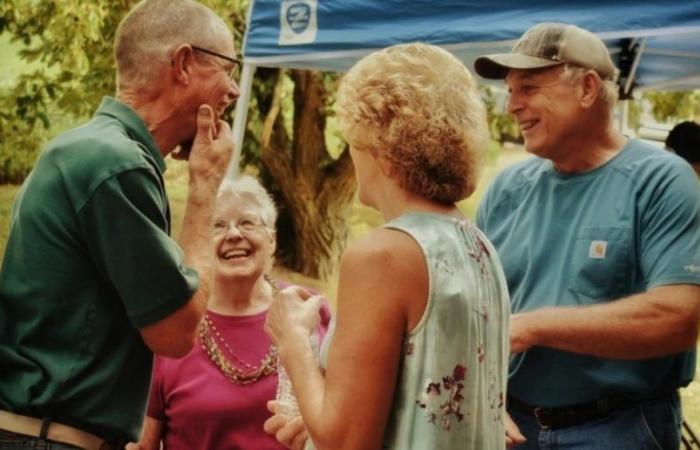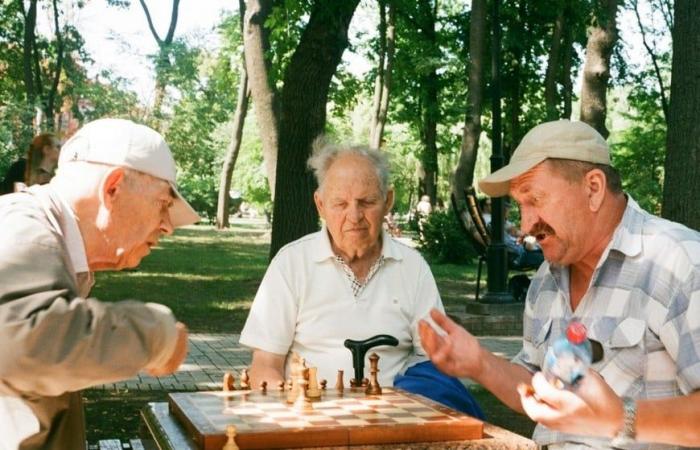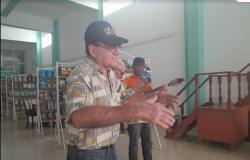13:37
The traditional family and the popular chronology of life—marrying, having children, growing old in pairs—has been transforming for some time; That is no longer new. In all parts of the world and for decades, divorces and blended families have increased, as well as people who decide to live alone or not have children. Nowadays, the ways of relating within the same couple are also changing: polyamory and open relationships are already common among young people in large capitals and are intertwined with ancient and current traditions.
But what about the idea of getting older? If we decide not to have children or even not have a partner “for life”, who is going to take care of us when we are old? Or, simply, with whom are we going to socialize and share life? Many older adults in other countries have already thought about all this and are also beginning to think about it here in Argentina. “Cohousing” is a trend that is increasing and involves people who decide to organize to live together after retirement.
Recently, the BBC published a report on the subject, showing different cases of cohousing around the world. One of them is a group of 25 people who decided to start a new life in a green area in the interior of São Paulo, Brazil. The goal was to avoid loneliness by moving to a space where each person had their own house, but shared several collective spaces.
The cohousing concept began to be used in Denmark in the 1970s and since then projects with similar characteristics were opened in other European countries. The case of Brazil is a community called Bem Viver (Good Life) and that was born as an idea among friends who joined others who had the same desire to live in a community.
To join these types of projects, of course, you must have a certain financial solvency. In some cases, each person buys the house or apartment where he or she will live and in others a monthly fee is paid, like rent. The Bem Viver houses are built on a single floor, with adaptations designed for older adults, and in the common spaces there are swimming pools, orchards and gyms. Something very similar to a private neighborhood, but created exclusively for aging together.
Cohousing in Argentina
In Argentina there are also some similar privately managed projects, but the most notable thing is that in 2021 PAMI and the then Ministry of Habitat, Jorge Ferraresi, launched a collaborative housing plan called Casa Propia – Casa Activa which was a pioneering project in Latin America. . It was created to respond to the problem of access to housing for those over 60 years of age, but from the side of active old age and the community. The focus was placed on those adults who are in a stage where, although they require some care, they continue to carry out activities and seek to expand their social life.
The Casa Propia – Casa Activa plan provided for the construction of apartment complexes in different municipalities throughout the country, and remains active. There are studio apartments and apartments for two people and the common spaces include a library, garden, barbecues, gym and swimming pool. In addition, each complex has a PAMI day center within it.
As for other similar projects, one of the oldest is the one developed by the Jewish community, Asociación Mutual Vidalinda. It is a fifteen-story building with large common spaces in Belgrano, CABA, with security and immediate assistance 24 hours a day. It is packed and has a long waiting list. In the same neighborhood, there are also organizations that are included in what is known as “luxury nursing homes,” with high costs of stay and differential common spaces.
In Tigre, there has also been a real estate project called Antares Nordelta since 2015, which is intended for people over 65 years of age under the motto “the time has come to live well for good.” There are three towers with 150 top quality apartments, with two and three adapted rooms, which aim at a segment with high purchasing power. They have all-inclusive amenities, such as a swimming pool, green spaces, a massage and kinesiology center, a boutique market, and a multipurpose room.
The difference between this type of project and a nursing home, where people who need constant medical attention often coexist with others who do not need it as much, is significant. Elderly adults who can still carry out their daily tasks live in cohousing, but they prefer this way of life over the options of living alone, in a nursing home or in their children’s home.
All these new ideas and projects are born in the midst of evidence: the world population continues to age. The group of people over 65 years of age is growing much faster than those below that age, and it is estimated that by 2050 it will represent 16% of the world’s population. This transformation is one of the most significant of the 21st century and has consequences for rethinking multiple sectors of society, such as the labor market, retirement, housing, family structure and intergenerational ties.
This article was originally published in RED/ACCION and is republished under the Human Journalism program.







